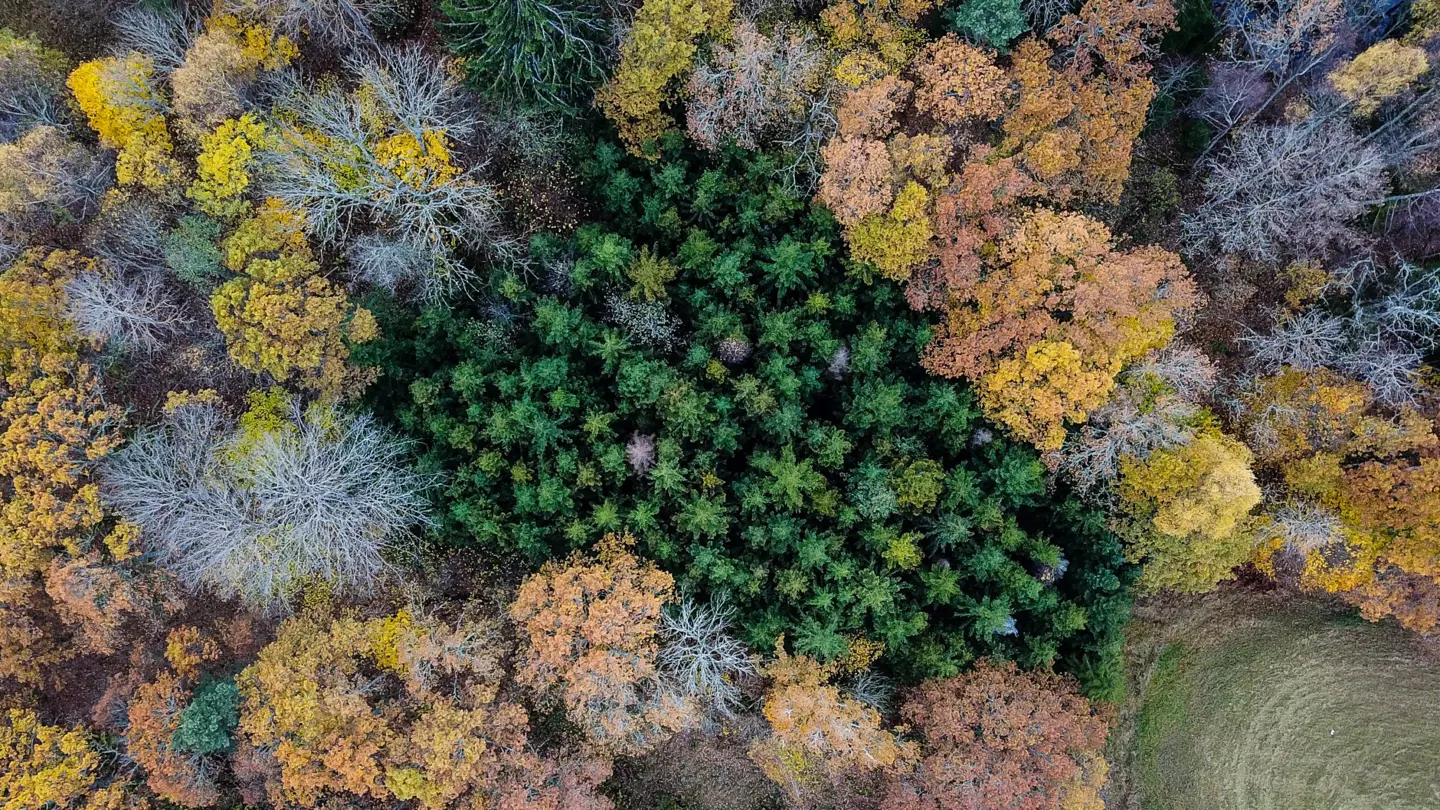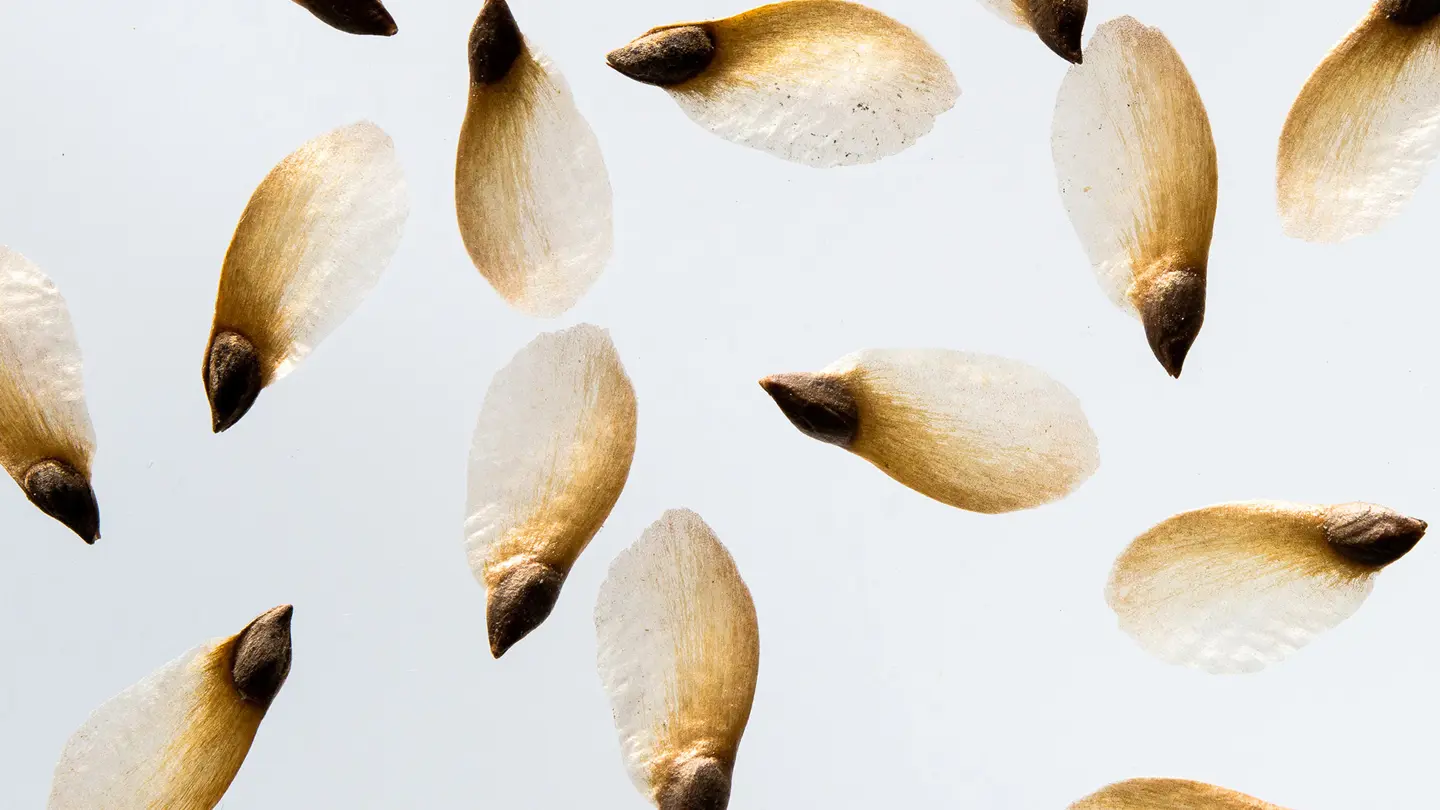
Nordic perspective on balancing increased production and genetic diversity in forest reproductive material
- Hem
- Vårt arbete
- Skog
- Artikelserie: Genetiska aspekter på användande
- Nordic perspective on balancing increased production and genetic diversity in forest reproductive material
How do the Nordic countries balance increased forest growth and genetic diversity, and what possibilities are there in breeding to prepare the forest for an uncertain future?
Text by Mari Mette Tollefsrud (NIBIO), Arne Steffenrem (NIBIO & Stiftelsen Det norske skogfrøverk), Mari Rusanen (Luke), Johan Kroon (Skogforsk). Top photo: Arne Steffenrem/NIBIO.
There is a great potential to increase forest growth through forest tree breeding. In the Nordic countries, intensive and long-term breeding programs exists for the most important commercial forest tree species supplying genetically improved regeneration material to the forest. The aim of the tree breeding is to increase added value for forest owners, for the industry and society – including for carbon sequestration. The strategy is to recurrently select outstanding genotypes to accumulate favourable alleles in the breeding population, meaning selecting only parts of the genetic variation for certain traits. Simultaneously, maintenance of a broad base of genetic variation is needed to secure enough genetic variation for future adaptability and new breeding goals.
Tree breeding objectives in the Nordic breeding programs – maintaining genetic variability
Long term breeding for the most commercially important tree species, Picea abies, Pinus sylvestris and to some extent Betula pendula, are carried out in Sweden, Finland and Norway. Breeding of these species normally includes phenotypic selection of plus-trees from the forest, based on visual inspection and field testing of the plus-trees by their progeny or by vegetative propagation. The best genotypes are then selected and established in seed orchards using grafting. Further breeding cycles are initiated based on controlled crossing and new selections from the progenies.
The tree breeding objectives are typically volume production, adaptation and vitality. Important wood traits, such as wood density and branching, often negatively correlated with increased growth, are often monitored in the breeding process to avoid unfavourable impacts on future wood quality. Depending on the species, seed orchard and breeding cycle, the gain from using improved material is on average expected to be 10-20% increase in volume production when compared to local unimproved material. During breeding, maintaining genetic variability for adaptation to climate change, new pests, and diseases and a broad enough base for new or maybe unknown forest products, is crucial. Maintenance of genetic variation is also explicitly stated as a goal in the breeding strategies in the Nordic countries.

Several ways to maintain genetic variation throughout breeding
Starting out with a large base population collected throughout the geographical distribution range will capture genetic diversity related both to the species history as well as contrasting selection pressure along geographical clines. The selection of an initial high number of individuals in the plus tree collection, also including outpost populations will increase the number of variants (alleles) for different genes. In Sweden, Finland and Norway, the plus tree collection consists of thousands of individuals collected from the 1940s and the following decades. The plus trees are well performing trees either collected in old growth or even young even-aged stands, representing most of the species natural distribution range within the respective countries.
In the Nordic breeding programs, the Multiple Population Breeding Strategy (MPBS) is an option used to prepare for future climate change. Following this strategy, the breeding population is divided into different sub-populations. Avoiding relatedness among these subpopulations is important. Typically, more genetic diversity is maintained in advanced generations if the selection is utilizing the within-family variation, rather than selecting between families. Each subpopulation targets different adaptations defined by temperature and photoperiod. Deployment zones with overlap across the different sub-populations can be actively used also to facilitate assisted migration.
Heritability of traits
Another factor to consider is the heritability of the trait you select for. Height growth is a key trait that is often selected for. This trait has low heritability. This means that the “shift in the population” towards taller trees during breeding cycles are happening slowly, while diversity is maintained in the population. If a trait has high heritability, the shift in the population is happening more rapidly with a higher chance of erosion of genetic variability. Notably, this is after several generations of selective breeding. Thus, knowing the heritability of the traits you are selecting for makes it easier to predict how it will affect the population.
Another important measure is to develop a systematic crossing scheme for the progressing generation because avoiding relatedness and inbreeding will secure higher levels of genetic diversity.
Seed orchards
Seed orchards are “short term” production units providing the improved forest reproductive material to the forests. By keeping the breeding population separated from the seed orchards, clones in the seed orchards can easily be replaced, and new seed orchards established as more information is available. Seed orchard design can be optimized to increase crossing among unrelated clones.

The final genetic diversity in the forest reproductive material, depends on the number of clones in the orchards as well as the share of pollen coming from the surroundings. High number of clones and high background pollination typically increase genetic diversity and decrease genetic gain. In addition, some clones are more efficient pollen donors and/or seed producers. Effective number of clones in a seed orchard may thus differ quite a lot from the actual number of clones that are in the seed orchard. Monitoring effective number of clones and outcrossing rates can then be done to secure genetic diversity in the seed lots.
How to monitor genetic diversity in breeding programs
In breeding and in the deployment of the forest reproductive material from the seed orchards, there is a balance between using relatively small numbers of outstanding genotypes and a broader genetic base presumable facilitating adaptability of the forest. In the larger breeding programs in Sweden, Finland and Norway, genomic tools are now being used to both characterize the genetic diversity in the plus tree collection, and to keep track of the relatedness in the crossing schemes. Studies have also been done investigating genetic diversity in seed crops from orchards estimating both clone contribution as well as background pollination. Genomic research in relation to these breeding programs is becoming more intense and is now starting to provide a very valuable knowledgebase for the decision-making processes in the breeding, especially in Sweden a huge effort is taking place.
Although we are not yet there, it is realistic to expect that we will know quite a lot about how adaptive traits are linked to genomic diversity, how selection in growth traits will affect variation in adaptive traits, and how much diversity is lost or maintained in the breeding process and in seed production.
FACTS
- This article addresses Recommendation 1 in the EUFORGEN report “Genetic aspects linked to production and use of forest reproductive material (FRM)“.
- EUFORGEN (European Forest Genetic Resources Programme), the European cooperation on conservation and sustainable use of forest genetic resources, has released an in-depth report on different genetic aspects which one should be aware of linked to production and use of FRM.
- NordGen Forest and partners highlight some of the recommendations in the EUFORGEN report and how these relate to Nordic strategies.